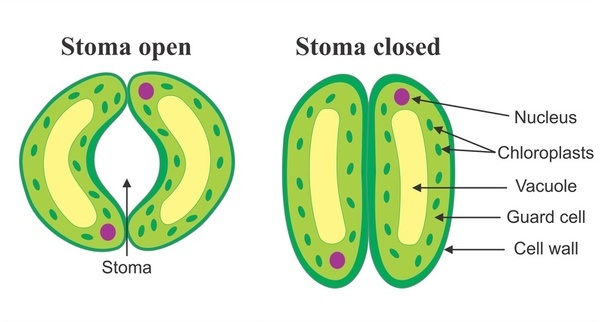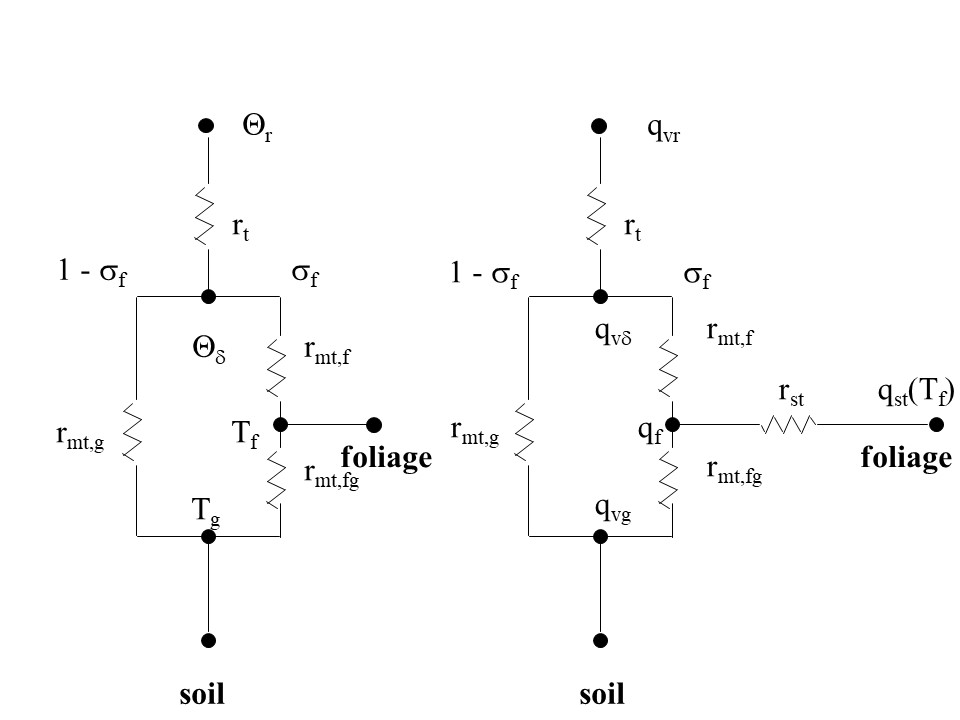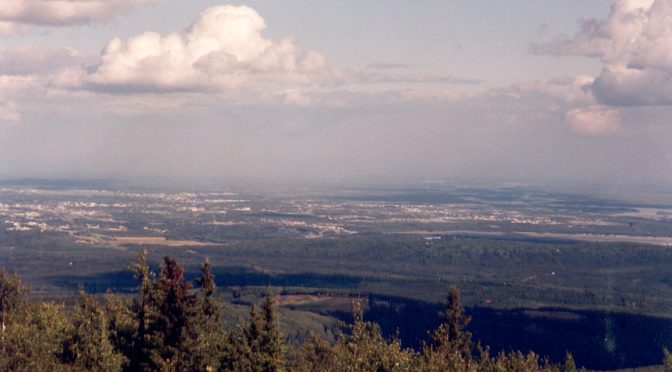Transpiration — biological processes including soil water uptake by vegetation

This unit elucidates the role of the biosphere in the hydrological cycle and its role to provide water vapor to the atmosphere against the force of gravity.
Goals
The goals of this unit are (a) to describe and quantify the transpiration processes and the soil water uptake by roots dependent on atmospheric and soil conditions, and (b) to contrast transpiration and evaporation.

After successful completion of this unit students will be able to
- Explain the processes of transpiration and soil water uptake by roots
- Apply the Penman-Monteith model for various atmospheric conditions
- Calculate evapotranspiration
- Explain how to measure transpiration
- Distinguish between evaporation and transpiration
- Explain and discuss different parameterizations for treating surface heterogenity (graduate students)
Students’ tasks
- Read Dingman’s Chapter 6.5 to 6.5.3.4 (included)
- Watch this movie
- Graduate students: Watch this movie
- Take notes and prepare to present the material
- Fill out the questionnaire prior to the deadline
- Work on the Unit 17 Applications that are assigned at your class level and submit the scanned results prior to 2359 Alaska time on Thursday
© 2019 Nicole Mölders | All rights reserved
